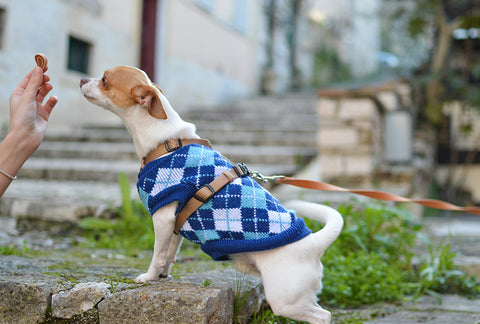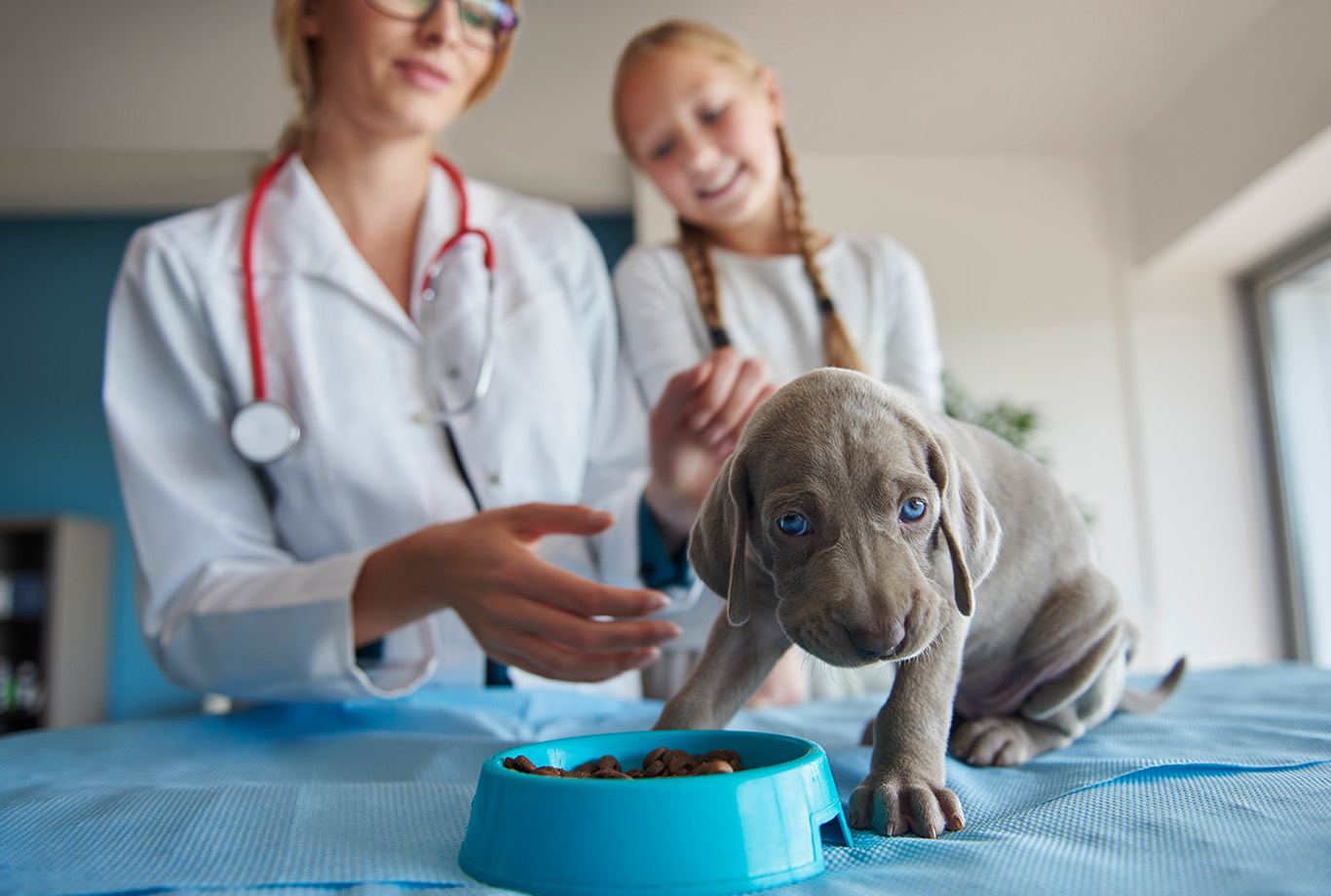A hard decision to make for any puppy owner is figuring out when and how to transition from puppy food to adult dog food for your beloved fur friend. If you’re wondering about the different factors to consider before transitioning, here are some things you should look out for!
Being a new doggy parent can be intimidating, especially if you’re starting off with a young pup. While training them and getting them accustomed to your home can be tough, another hard decision to make is when and how to switch the type of food you’re feeding your growing dog. Adult and puppy food have their differences, and to make sure that they’re comfortably switched to a new diet, here are some things to look out for!
Puppy food vs. Adult dog food
Puppy food tends to be higher in protein, fat, and minerals that are essential for their growth. They also need much more calories in order to sustain their development, thus puppy food will be able to provide them with the sufficient energy to stay healthy!

Photo by Lydia Torrey on Unsplash.com.
If a young pup is prematurely fed adult dog food, they might not have enough nutrients to start with, but if an adult dog is continuously fed puppy dog food, they might be overfed and become overweight. As such, it’s important to figure out when the right time is to switch between the food so as to not hamper your fur friend’s growth.
When to switch to adult dog food
The time to switch varies from dog to dog, but they generally should be put on adult dog food once they’ve reached around 80% of their expected adult size.
For smaller-breed dogs, this would mean that they would have to be switched to an adult dog diet around 9 to 12 months old, while medium-breed dogs can be switched around 12 to 14 months. Large-breed dogs would have to be put on adult dog food around 14 to 24 months old, though you’ll still have to keep an eye on whether they’re reacting well to the change in diet.

Photo by Tamara Bellis on Unsplash.com.
How to switch to adult dog food
The change should be made gradually, lest it causes your dog diarrhea or other intestinal issues. Be sure to mix puppy and adult dog food together for the first few days to help your dog adjust to the change, before slowly switching to adult dog food completely.
Here’s a rough schedule you can follow:
Day 1 of change: Serve 75% of puppy food with 25% of adult dog food
Day 2 of change: Serve 50% of puppy food with 50% of adult dog food
Day 3 of change: Serve 25% of puppy food with 75% of adult dog food
Day 4 of change: Serve 100% adult dog food
Check the instructions on your food packaging if you’re unsure on the serving sizes, or check in with your veterinarian if you have any other concerns!

Photo by Berkay Gumustekin on Unsplash.com.
Caring for growing pets can be a challenge, but with hard work and tons of love, you’ll be sure to give them the best care they deserve!
References:
